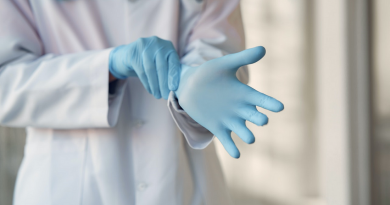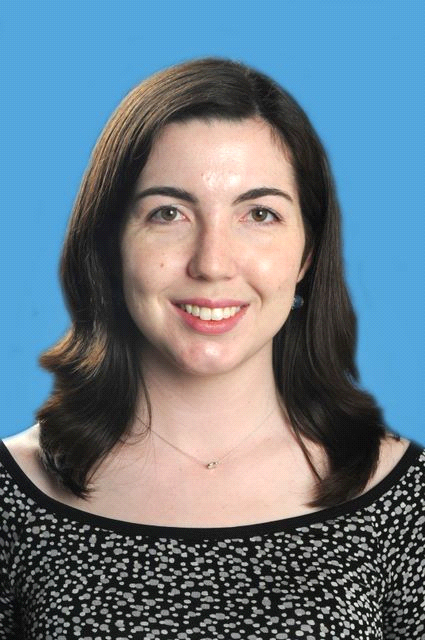The other ninety percent
Identifying details here have been changed to protect patient privacy.

I knocked on the door of the examination room with my preceptor behind me and walked in to see the last patient of the day, an elderly woman following up on her diabetes. I smiled and greeted the patient, “Hi, Mrs. S, I’m a medical student working with the doctor today. How are you?”
She shook my hand and mumbled, “I’m doin’ okay.”
As I sat down, I surveyed the woman before me. She was in her 60s, but looked like she might be 80. Having learned over the past that patients often come to the doctor for reasons different than the one stated in the chart, I asked, “What brings you in to the clinic today?”
With one hand resting on her cane and the other on her lap as she sat in the chair, the frail woman looked up at me. “Well, I was tryin’ to cross the street the other day, and my right knee just gave out on me in the middle of the street. I fell down and was tryin’ to wave my hand up in the air so no one would run me over. Two people walked by me before someone helped me up.”
Stunned that anyone would walk by an elderly woman lying in the street, I nodded. “I’m so sorry that happened.”
Before I could ask her another question about her leg, she continued talking, “There’s no elevator where I live, so I have to crawl up two flights of stairs to get to my place. I live in a real bad place. A real bad one.” I nodded. Her eyes started to glisten with tears. “It’s got to where I’m afraid to go home because they’re firing shots through the front door and the back door. I’m afraid me or my grandson is gonna get shot in the head.” I continued looking at her, nodding, listening.
For the next five minutes, Mrs. S painted a picture of some of the most awful, traumatic experiences I imagine could be endured by a human being. She had watched her niece get murdered the month before, and remembered her dying on the bed with her niece’s child shaking with tears as he draped himself over his dying mother’s body. “How could you let mama die like this?” The week before, one of her neighbors had been raped in front of her children in her apartment and then killed. Tears started streaming down Mrs. S’s face as she talked. I offered her a tissue. “My trash can outside is always getting flipped over by the kids, and them kids have no manners. They always callin’ me the b-word and the h-word. Why they gotta be so mean to me?”
My preceptor pitched in at this point, “Because there are a lot of awful, mean people out there,” he said, shaking his head sadly. After a few minutes when her steady flow of tears had abated, my preceptor started talking to her about her diabetes. Unsurprisingly, her diabetes was very poorly controlled due to her inability to safely obtain insulin or take her shots at the appropriate times. It seemed almost like a cruel joke to counsel her on when to take her insulin shots and what her blood glucose levels should be when she was sobbing, multiple tissues in hand, concerned about whether she and her grandson would get shot when she went home.
A patient’s health is related to many things – diet, activity level, genetics, environmental exposures, and more. As my attending told me after we talked to this patient, up to ninety percent of patients’ health is dependent on their living environment and social situation. That leaves ten percent of a person’s health for a doctor to address – the actual medical part. What do we, as physicians, do about the other ninety percent?
If we had proceeded with a typical diabetes follow-up visit with Mrs. S, she might have left the appointment with a new insulin prescription that she would have been unable to use and maybe some pain medication for her knee that would likely have been stolen from her. Instead, we listened to Mrs. S tell us about the terrible experiences she had been through and connected her with a few resources, such as case management, that might have a chance of improving her living situation and, somewhere along the line, improving her health.
As I stood outside the room with my preceptor, discussing our encounter with Mrs. S, he said something that has stuck with me: “Your zip code matters more than your genetic code.” And after I spent a month at an underserved clinic working with patients who were homeless, abused, lacked insurance, or did not even have enough money to buy a bus ticket to get to the clinic, I believe it. What I learned from Mrs. S was the importance, as a physician, of listening. By listening, we might have more of a chance of going beyond helping patients with the ten percent and start making a dent in that ninety percent.



Pingback: The Other Ninety Percent – Voices in Medicine